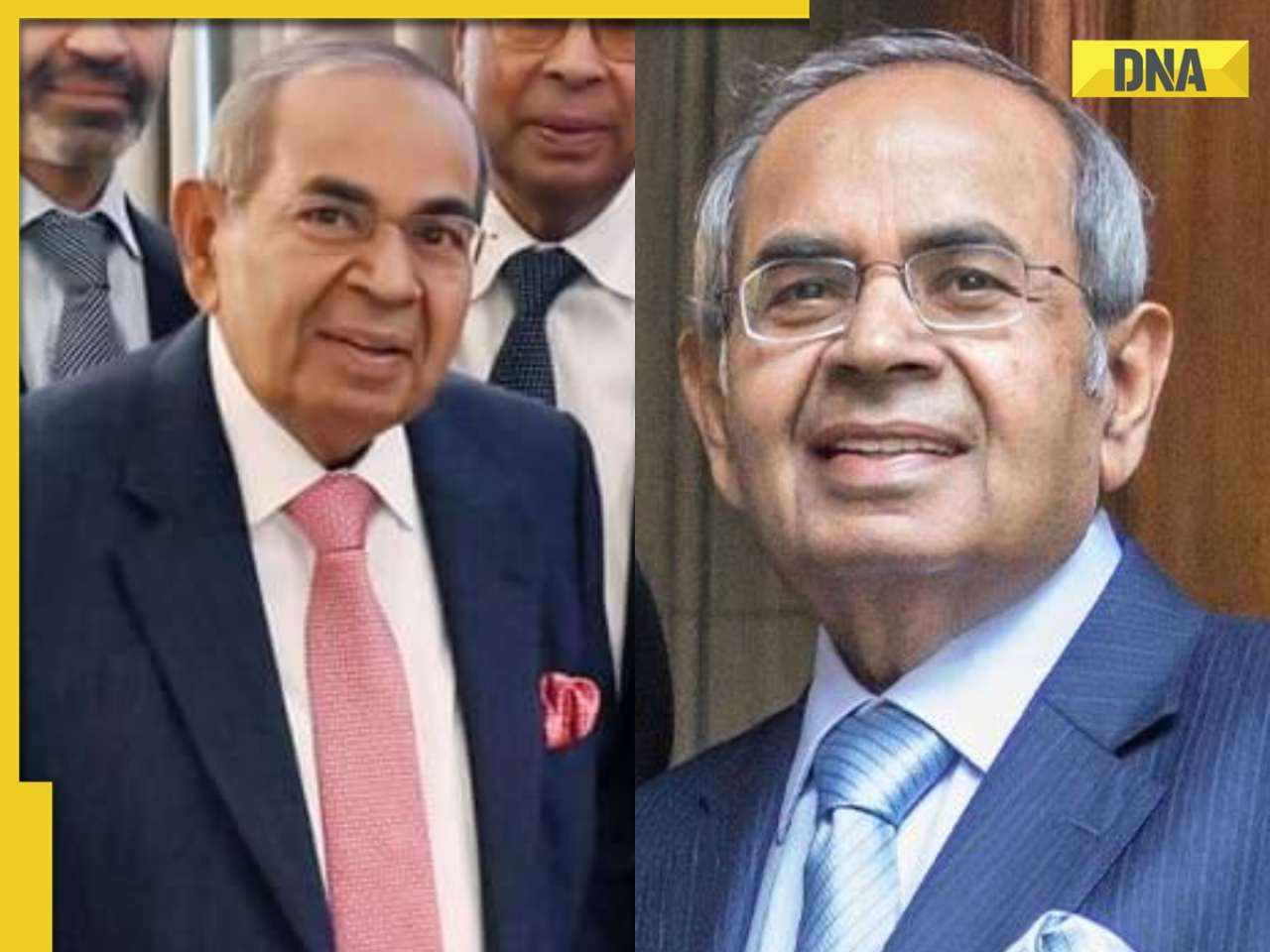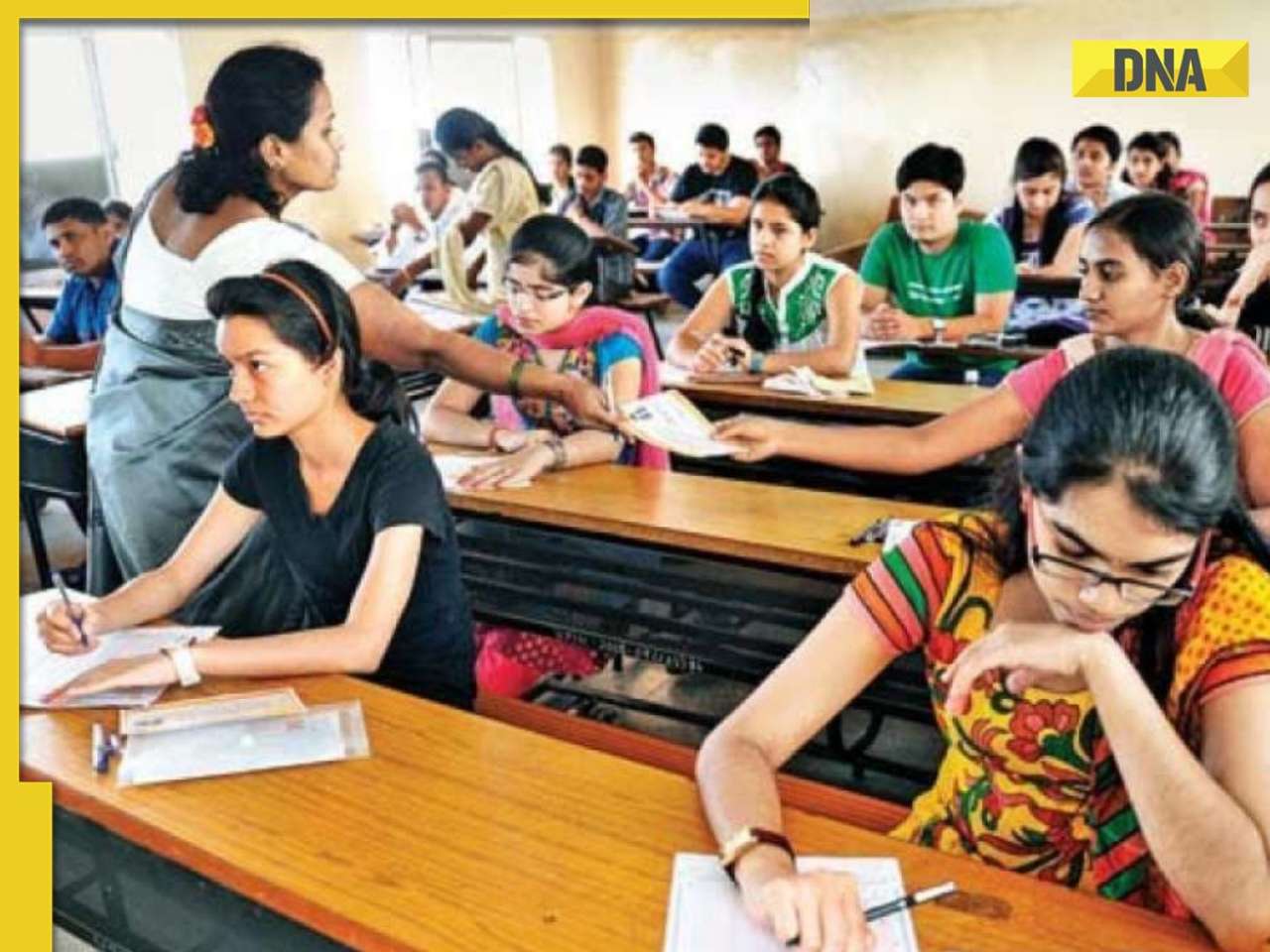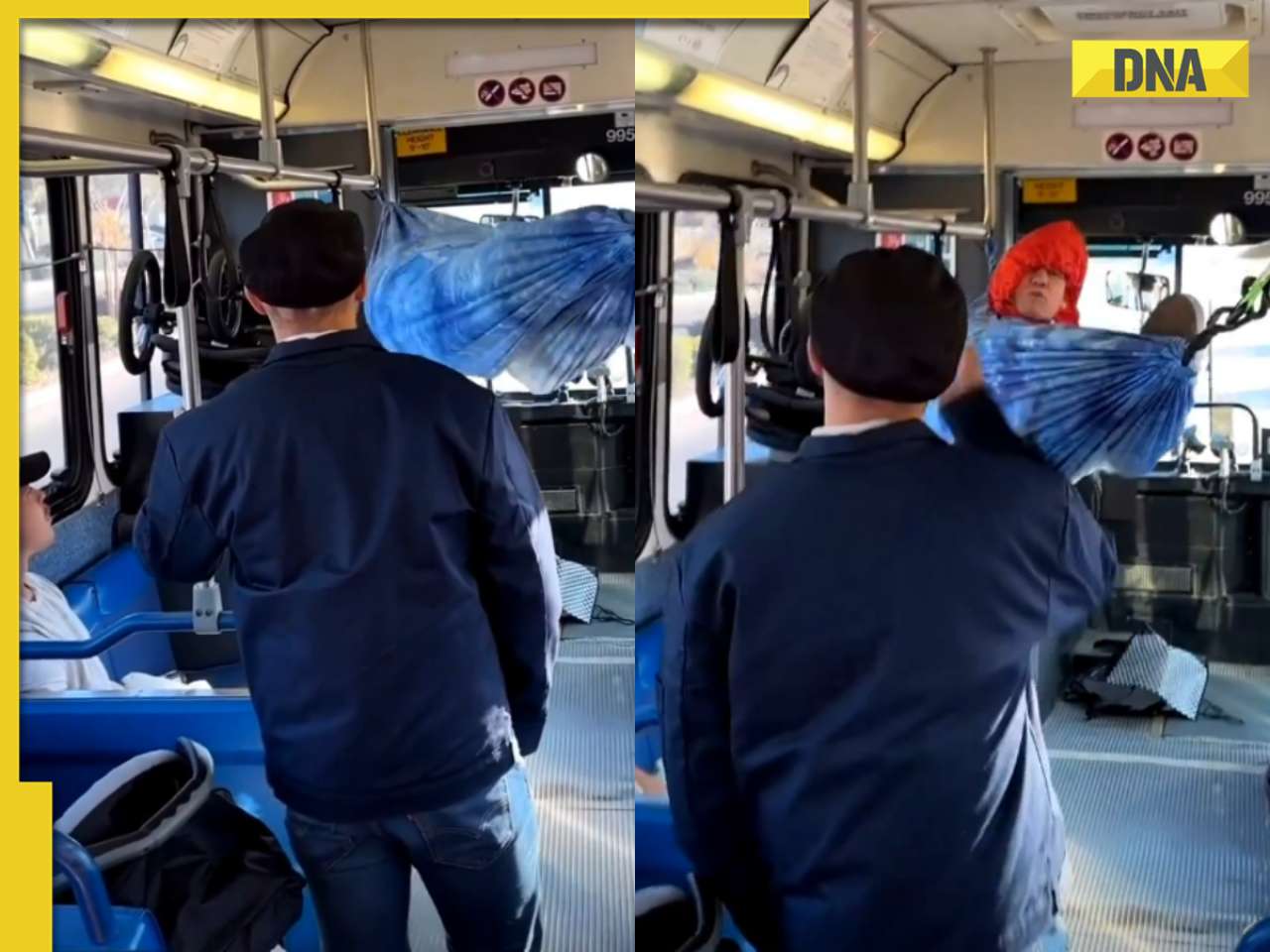This month, for the first time after three cuts, Delhi’s jet fuel prices fell 5% against those in November last year.
MUMBAI/ BANGALORE: Aviation turbine fuel (ATF) prices have only been sliding since August this year. This month, for the first time after three cuts, Delhi’s jet fuel prices fell 5% against those in November last year.
But the fuel surcharge in the same period is over 114% and 66% higher for long-haul and short-haul flights, respectively, for budget carriers.
Low-cost airlines were charging Rs 1,350 as fuel surcharge per ticket in November last year. This year, the levy is Rs 2,250 per ticket on short routes and Rs 2,900 per ticket on longer routes.
Till last month, jet fuel prices were higher when compared with last year. For instance, October’s price was 42% higher than in the same month last year and climbed up 82% on a year-on-year (y-o-y) basis in August. But softer fuel prices now are not pulling down fuel surcharges, which are currently between Rs 2,250 and Rs 3,350 per ticket.
Why are the airlines refusing to slash fuel surcharges despite a 44.55% drop in ATF prices since August?
Most airline executives blame the devalued rupee for not revising the fuel surcharge. Raj Sivakumar, vice president (revenue management) at full-services carrier (FSC) Jet Airways, said, “There is no denying that fuel costs have come down. But most of these gains, if not all, have been sucked out due to the depreciation of the rupee.”
M Thiagarajan, managing director of Paramount Airways, concurs. “Last year during the same time, the rupee was close to 39-40 a dollar. It has shot up to almost 48-50 per dollar today. This is a depreciation of almost 25%. A weak Indian currency means we are paying more for aircraft lease rentals, spares, maintenance and expat salaries,” said Thiagarajan.
About 39-40% of an airline’s operational costs (excluding fuel cost, which is impacted indirectly by dollar fluctuation) are denominated in dollars. So, any fluctuation in the currency has a direct impact on airlines’ operational costs. “Lower fuel bill has reduced our operational costs but a stronger dollar is swelling it,” rued Thiagarajan.
The owner of an all-business-class airline said that his operational cost in November till now is higher 5-6% compared with November last year. Budget airline IndiGo also preferred to leave the fuel surcharge untouched and brought down basic fares this year.
“This year, our basic fare is Rs 1,000 per passenger (if booked in advance) compared with Rs 1,700-1,800 per passenger last year on the Delhi-Mumbai sector. Of course our fuel surcharge is higher. Overall, our total fare, on an average, is Rs 700-800 higher than last year,” said the airline owner.
Analysts have already begun looking at airlines with suspicion for not pruning the levy despite several cuts in ATF costs. Requesting anonymity, an aviation analyst with a foreign brokerage said, “The aviation sector has been playing up the fact that they are bleeding to seek sympathy.” He said it was time airlines passed on the benefit of lower fuel cost to passengers.
“Now that fuel prices have come down, it is natural for people to expect lower fares. Operating costs other than fuel have also fallen due to a slew of streamlining measures taken by airlines at the height of their cost-cutting drive,” said the analyst.
Many carriers also levy a congestion surcharge of Rs 150. Capacity reduction has cut congestion dramatically in major airports such as Mumbai and Delhi, which no longer necessitate these charges.
Earlier, DNA Money had reported that aviation suppliers were claiming airlines are pinching pennies and renegotiating contracts, seeking discounts of up to 25%. All this has cut operational costs but the airfares don’t reflect that. An analyst with a consultancy firm added that the carriers are trying to recover losses sustained over the past few months.
“There will be a two-three month lag before they reduce fares. It is a volatile market still and they will be wary of cutting fares. That said, low-cost carriers will have to look at fare cuts soon to improve their capacity utilisation,” said the analyst.
p_sharma@dnaindia.netn_john@dnaindia.net![submenu-img]() Meet man, an Indian, whose family topped list of richest people in the UK with net worth of...
Meet man, an Indian, whose family topped list of richest people in the UK with net worth of...![submenu-img]() Pune: Tanker explodes in Pimpri Chinchwad, nearby hotels, houses and parked trucks damaged
Pune: Tanker explodes in Pimpri Chinchwad, nearby hotels, houses and parked trucks damaged![submenu-img]() Rohit Sharma lashes out at IPL TV broadcaster for 'breach of privacy'
Rohit Sharma lashes out at IPL TV broadcaster for 'breach of privacy'![submenu-img]() Heeramandi lyricist AM Turaz on Azadi: 'Women's contribution in Indian freedom movement has never been...' | Exclusive
Heeramandi lyricist AM Turaz on Azadi: 'Women's contribution in Indian freedom movement has never been...' | Exclusive![submenu-img]() Kangana Ranaut reveals if she will quit films after winning Lok Sabha elections, calls Bollywood 'jhoothi duniya'
Kangana Ranaut reveals if she will quit films after winning Lok Sabha elections, calls Bollywood 'jhoothi duniya'![submenu-img]() Meet IAS officer, daughter of milk vendor, who cracked UPSC in second attempt, secured AIR...
Meet IAS officer, daughter of milk vendor, who cracked UPSC in second attempt, secured AIR...![submenu-img]() UGC NET June 2024: Registration window closes today; check how to apply
UGC NET June 2024: Registration window closes today; check how to apply![submenu-img]() Meet IAS officer, son of teacher from Rajasthan, who cracked UPSC after multiple failed attempts, secured AIR...
Meet IAS officer, son of teacher from Rajasthan, who cracked UPSC after multiple failed attempts, secured AIR...![submenu-img]() Meet IIT graduates, three friends who were featured in Forbes 30 Under 30 Asia list, built AI startup, now…
Meet IIT graduates, three friends who were featured in Forbes 30 Under 30 Asia list, built AI startup, now…![submenu-img]() Meet woman who cracked UPSC in fourth attempt to become IAS officer, secured AIR...
Meet woman who cracked UPSC in fourth attempt to become IAS officer, secured AIR...![submenu-img]() DNA Verified: Is CAA an anti-Muslim law? Centre terms news report as 'misleading'
DNA Verified: Is CAA an anti-Muslim law? Centre terms news report as 'misleading'![submenu-img]() DNA Verified: Lok Sabha Elections 2024 to be held on April 19? Know truth behind viral message
DNA Verified: Lok Sabha Elections 2024 to be held on April 19? Know truth behind viral message![submenu-img]() DNA Verified: Modi govt giving students free laptops under 'One Student One Laptop' scheme? Know truth here
DNA Verified: Modi govt giving students free laptops under 'One Student One Laptop' scheme? Know truth here![submenu-img]() DNA Verified: Shah Rukh Khan denies reports of his role in release of India's naval officers from Qatar
DNA Verified: Shah Rukh Khan denies reports of his role in release of India's naval officers from Qatar![submenu-img]() DNA Verified: Is govt providing Rs 1.6 lakh benefit to girls under PM Ladli Laxmi Yojana? Know truth
DNA Verified: Is govt providing Rs 1.6 lakh benefit to girls under PM Ladli Laxmi Yojana? Know truth![submenu-img]() Kiara Advani attends Women In Cinema Gala in dramatic ensemble, netizens say 'who designs these hideous dresses'
Kiara Advani attends Women In Cinema Gala in dramatic ensemble, netizens say 'who designs these hideous dresses'![submenu-img]() Influencer Diipa Büller-Khosla looks 'drop dead gorgeous' in metallic structured dress at Cannes 2024
Influencer Diipa Büller-Khosla looks 'drop dead gorgeous' in metallic structured dress at Cannes 2024![submenu-img]() Kiara Advani stuns in Prabal Gurung thigh-high slit gown for her Cannes debut, poses by the French Riviera
Kiara Advani stuns in Prabal Gurung thigh-high slit gown for her Cannes debut, poses by the French Riviera![submenu-img]() Heeramandi star Taha Shah Badussha makes dashing debut at Cannes Film Festival, fans call him ‘international crush’
Heeramandi star Taha Shah Badussha makes dashing debut at Cannes Film Festival, fans call him ‘international crush’![submenu-img]() Streaming This Week: Madgaon Express, Zara Hatke Zara Bachke, Bridgerton season 3, latest OTT releases to binge-watch
Streaming This Week: Madgaon Express, Zara Hatke Zara Bachke, Bridgerton season 3, latest OTT releases to binge-watch![submenu-img]() Haryana Political Crisis: Will 3 independent MLAs support withdrawal impact the present Nayab Saini led-BJP government?
Haryana Political Crisis: Will 3 independent MLAs support withdrawal impact the present Nayab Saini led-BJP government?![submenu-img]() DNA Explainer: Why Harvey Weinstein's rape conviction was overturned, will beleaguered Hollywood mogul get out of jail?
DNA Explainer: Why Harvey Weinstein's rape conviction was overturned, will beleaguered Hollywood mogul get out of jail?![submenu-img]() What is inheritance tax?
What is inheritance tax?![submenu-img]() DNA Explainer: What is cloud seeding which is blamed for wreaking havoc in Dubai?
DNA Explainer: What is cloud seeding which is blamed for wreaking havoc in Dubai?![submenu-img]() DNA Explainer: What is Israel's Arrow-3 defence system used to intercept Iran's missile attack?
DNA Explainer: What is Israel's Arrow-3 defence system used to intercept Iran's missile attack?![submenu-img]() Heeramandi lyricist AM Turaz on Azadi: 'Women's contribution in Indian freedom movement has never been...' | Exclusive
Heeramandi lyricist AM Turaz on Azadi: 'Women's contribution in Indian freedom movement has never been...' | Exclusive![submenu-img]() Kangana Ranaut reveals if she will quit films after winning Lok Sabha elections, calls Bollywood 'jhoothi duniya'
Kangana Ranaut reveals if she will quit films after winning Lok Sabha elections, calls Bollywood 'jhoothi duniya'![submenu-img]() Sanjay Leela Bhansali calls this actor his only friend in industry: 'He doesn't care about my film, he cares about me'
Sanjay Leela Bhansali calls this actor his only friend in industry: 'He doesn't care about my film, he cares about me'![submenu-img]() Jolly LLB 3: Akshay Kumar wraps up first schedule; local artiste reveals actor's inspiring daily habits
Jolly LLB 3: Akshay Kumar wraps up first schedule; local artiste reveals actor's inspiring daily habits![submenu-img]() Before Ranveer Singh, Deepika Padukone; Bajirao Mastani was announced with these two superstars in 70s, it got shelved
Before Ranveer Singh, Deepika Padukone; Bajirao Mastani was announced with these two superstars in 70s, it got shelved![submenu-img]() Viral video: Donkey stuns internet with unexpected victory over hyena, watch
Viral video: Donkey stuns internet with unexpected victory over hyena, watch![submenu-img]() Viral video: 'Breathtaking' blue meteor illuminates skies over Spain and Portugal, watch
Viral video: 'Breathtaking' blue meteor illuminates skies over Spain and Portugal, watch![submenu-img]() Google CEO Sundar Pichai reveals his favourite foods in Delhi, Mumbai, Bengaluru and they are...
Google CEO Sundar Pichai reveals his favourite foods in Delhi, Mumbai, Bengaluru and they are...![submenu-img]() Cow fight injures two girls enjoying street snacks, video goes viral
Cow fight injures two girls enjoying street snacks, video goes viral![submenu-img]() Viral video: Man sets up makeshift hammock on bus, internet reacts
Viral video: Man sets up makeshift hammock on bus, internet reacts


























































)
)
)
)
)
)